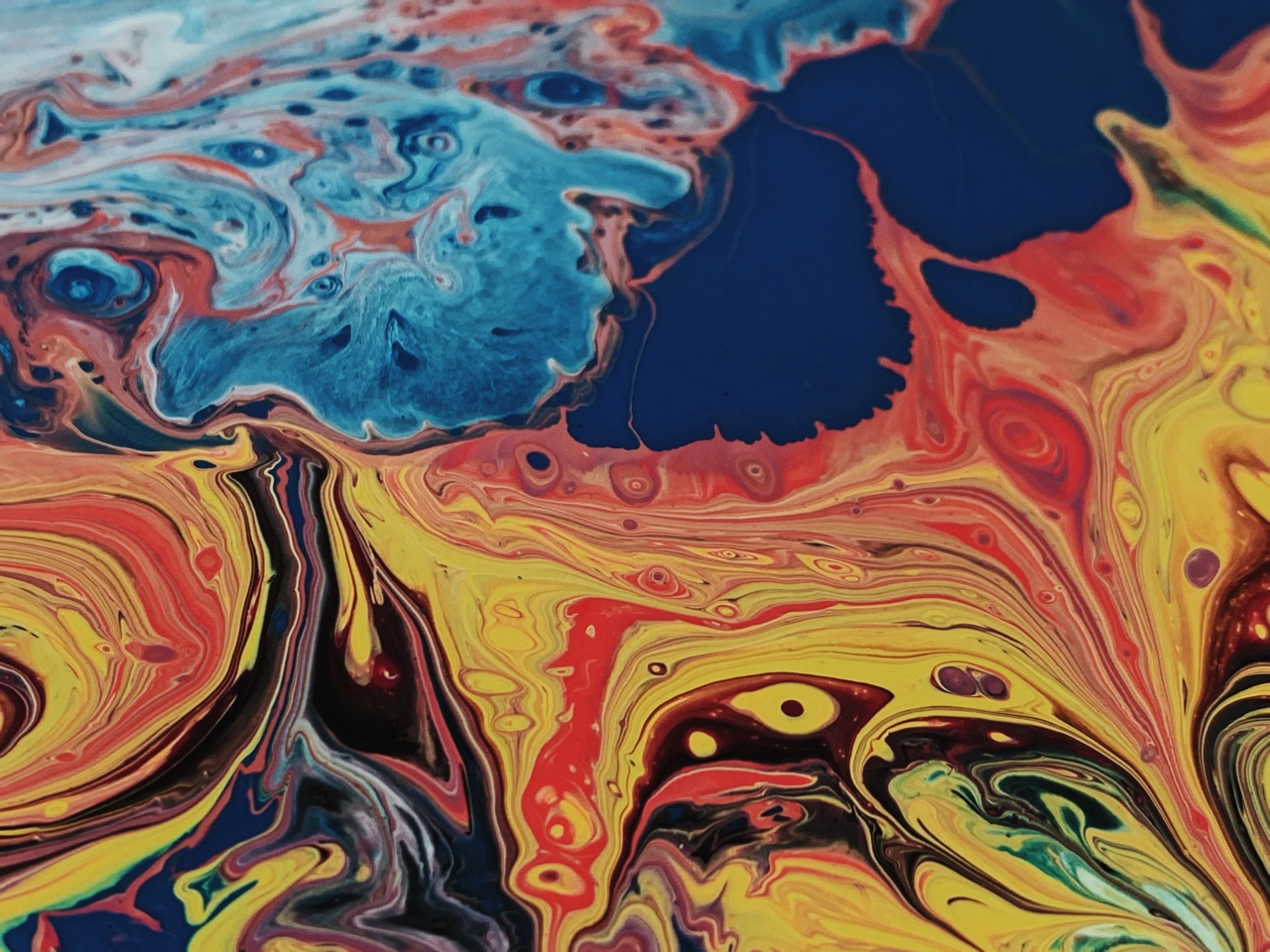A Staphylococcus infection, commonly known as a staph infection, is caused by a type of bacteria called Staphylococcus aureus. This bacterium can be found on the skin or in the nose of many individuals without causing any harm.
However, under certain circumstances, it can lead to infections that range from mild skin problems to life-threatening conditions. It is essential to be able to recognize the symptoms of a staph infection to seek appropriate medical treatment promptly. Here are six images depicting common symptoms of a staph infection:.
Image 1: Impetigo
 .
.
Impetigo is a highly contagious bacterial skin infection caused by staphylococcus or streptococcus bacteria. It commonly affects young children but can occur at any age. The image displays small blisters or red sores that develop a honey-colored crust.
These sores may itch or ooze fluid and can be found on the face, arms, or legs.
Image 2: Cellulitis
 .
.
Cellulitis is a bacterial skin infection that affects the deeper layers of the skin and underlying tissues. It typically occurs in areas where the skin is broken, such as cuts, wounds, or insect bites.
The image showcases inflamed, red, and swollen skin that may feel warm to the touch. Cellulitis can be painful and may cause fever or chills in some cases.
Image 3: Boils
 .
.
A boil, also known as a furuncle, is a painful infection of a hair follicle or sweat gland. It appears as a swollen, red lump filled with pus, and it can grow larger over time.
The image depicts a large boil on the skin, which may be accompanied by pain or tenderness. Boils often require medical attention, as they can become more severe if left untreated.
Image 4: Abscesses
 .
.
An abscess is a pocket of pus that forms in the body as a response to infection. It can occur in various parts of the body, such as the skin, organs, or muscle.
The image displays a prominent skin abscess, characterized by a swollen and painful lump surrounded by redness. Abscesses require medical treatment, as they may need to be drained to facilitate healing.
Image 5: Toxic Shock Syndrome
 .
.
Toxic shock syndrome (TSS) is a severe and potentially life-threatening condition caused by toxins produced by certain strains of Staphylococcus aureus. Although rare, it is important to be aware of its symptoms for early detection.
The image represents a widespread rash that resembles a sunburn, with subsequent peeling of the skin. Other symptoms of TSS may include fever, low blood pressure, muscle aches, nausea, and confusion. Immediate medical attention is crucial in suspected cases of TSS.
Image 6: MRSA Infection
 .
.
Methicillin-resistant Staphylococcus aureus (MRSA) is a type of staph bacteria that has become resistant to several common antibiotics. MRSA infections can occur both in healthcare settings and the community.
The image showcases a deep, painful, and rapidly expanding abscess with surrounding redness and inflammation. MRSA infections often require specialized treatment and precautions to prevent further spread.
Conclusion
Staph infections can present in various forms, ranging from mild skin conditions to severe and life-threatening illnesses. Recognizing the symptoms is essential for seeking appropriate medical care and preventing complications.
If you notice any signs of a staph infection, such as impetigo, cellulitis, boils, abscesses, toxic shock syndrome, or MRSA infection, consult a healthcare professional for diagnosis and treatment.





























